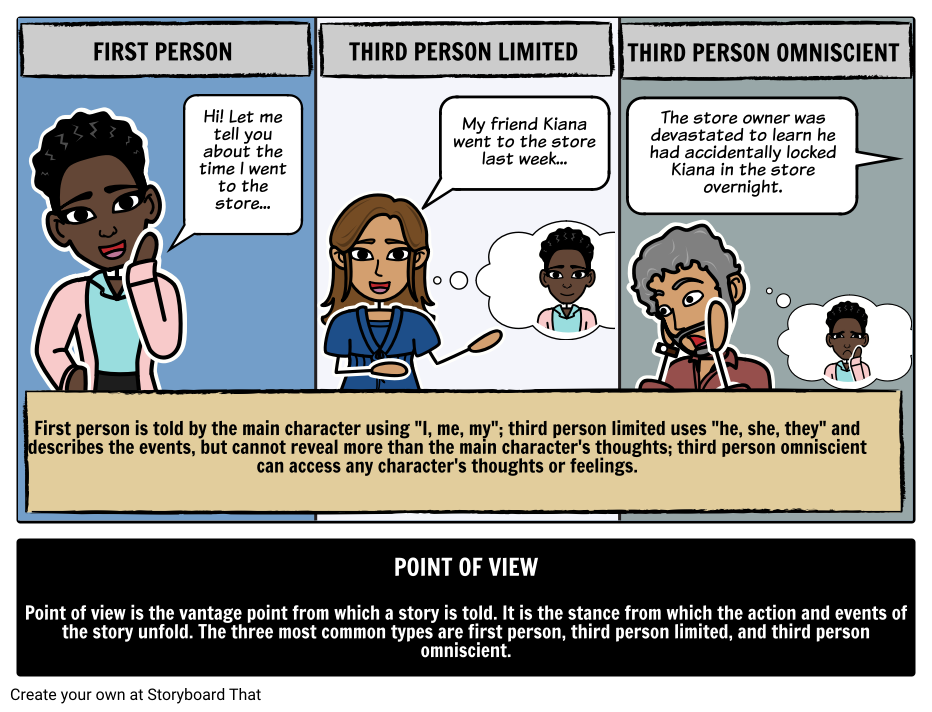

For contrast, I’ve rewritten the same scene with head-hopping:

The scene is told and shown entirely from Hattie’s perspective: every action, every thought, every observation. ‘If you don’t put on a bit of weight you’ll blow away.’ ‘Come away in and have some breakfast,’ Mima said. Hattie thought she looked like a child, prancing on tiptoes. She was so small that she had to stretch to reach the line. Mima had been pinning towels on to the washing line, surprisingly supple despite her age. I want to spend the rest of my life here. I love it more than anywhere else in the world. There were no trees here to provide shelter. As I mentioned above, she uses multiple character perspectives to tell the story, but she keeps to one point of view per scene.

Here’s a passage from Ann Cleeves’s White Nights, written in third-person limited. So, if your book is written in third-person limited and you a) get inside multiple characters’ thoughts or b) see through multiple characters’ perspectives in the course of the same scene, you’re guilty of head-hopping. In the third-person limited point of view, the narrator tells the story from one or more characters’ perspective without speaking as those characters, but the narrator sticks to using one character’s point of view within any given scene. Let’s take a look at the difference between the two and an example of head-hopping in each. The key to spotting head-hopping starts with knowing the difference between third-person limited and third-person omniscient point of view. To explain why it’s something you should avoid, I also have to explain exactly what it is. Maybe not, but I’d still advise against it, and in this article, I’ll be telling you why.įirst, though, we need to admit that ‘head-hopping’ is a confusing term, and one that often gets mixed up with other devices. Have you ever been pulled over by the grammar police for head-hopping? It’s one of the most common editor pet peeves, but a device many authors swear by, claiming that their readers certainly aren’t complaining.


 0 kommentar(er)
0 kommentar(er)
